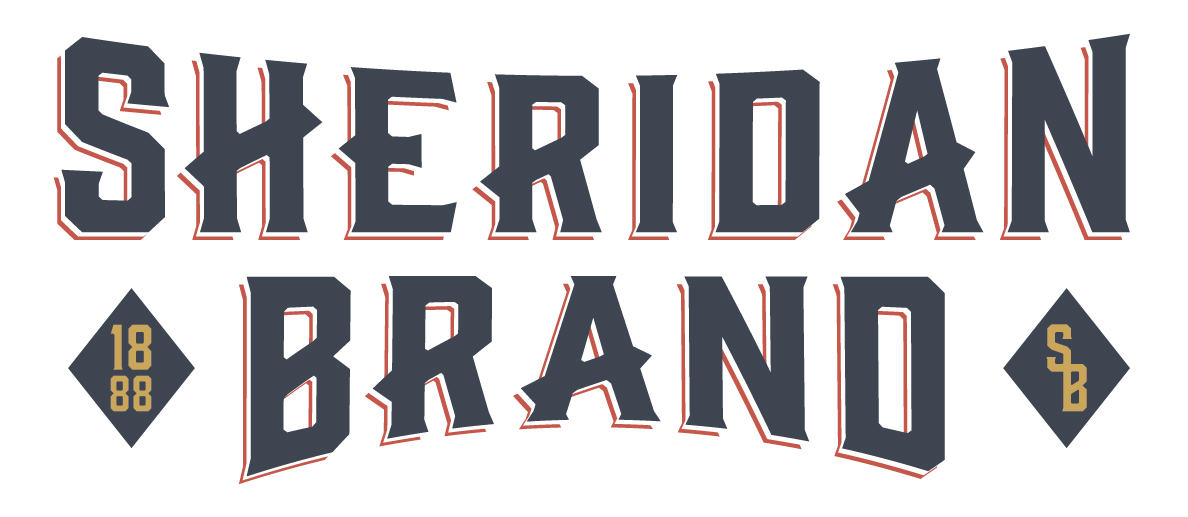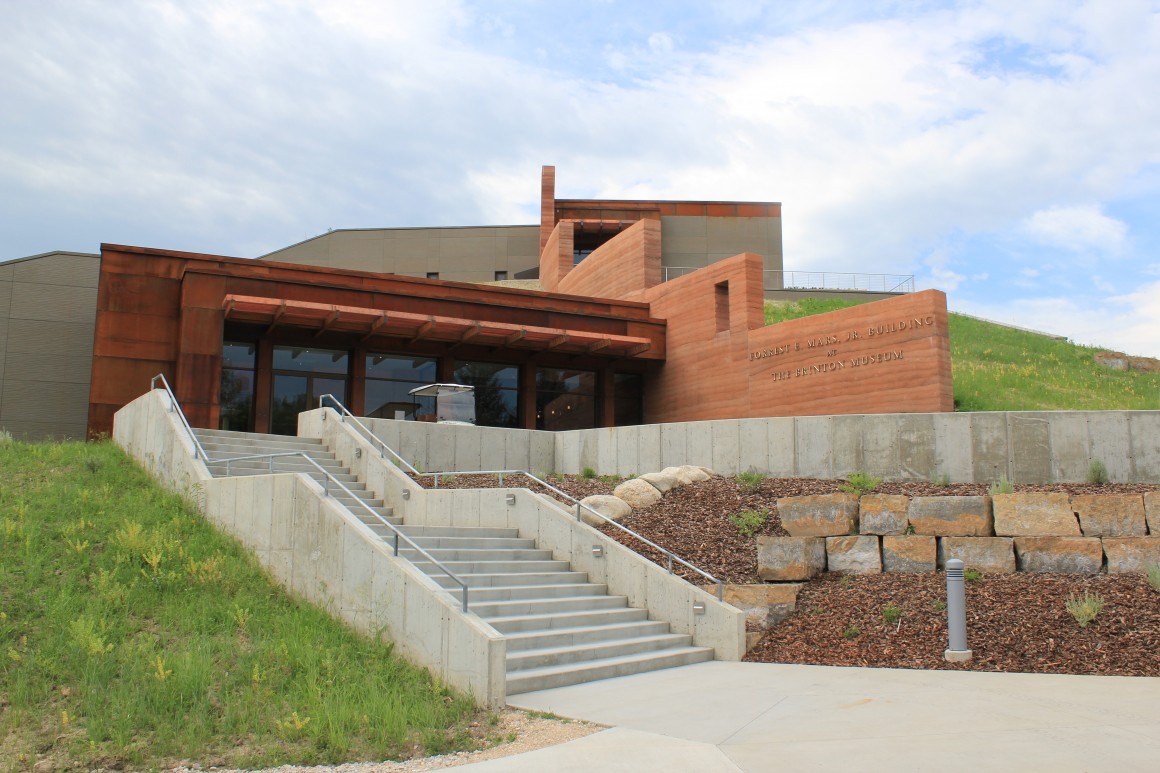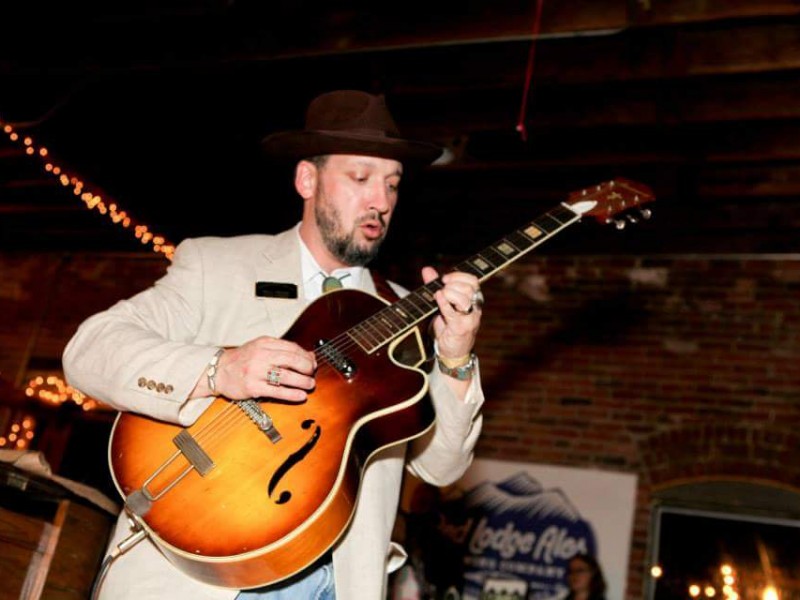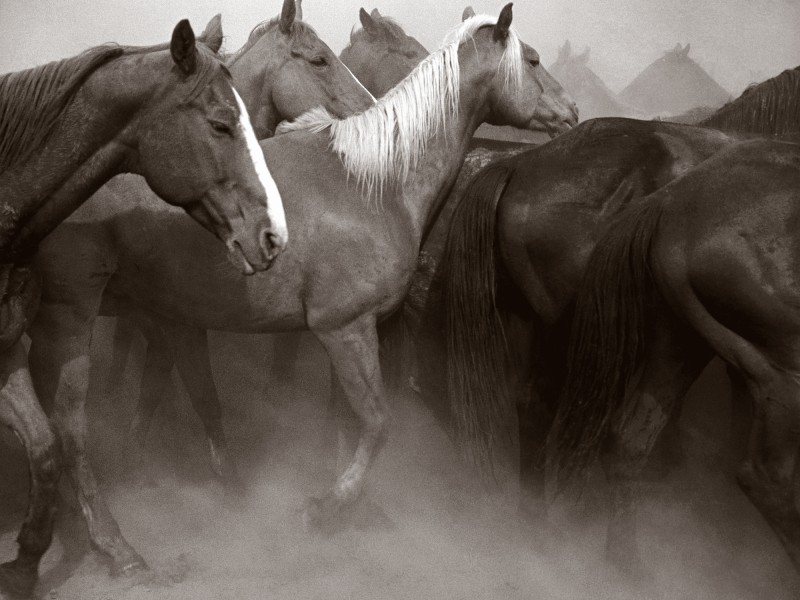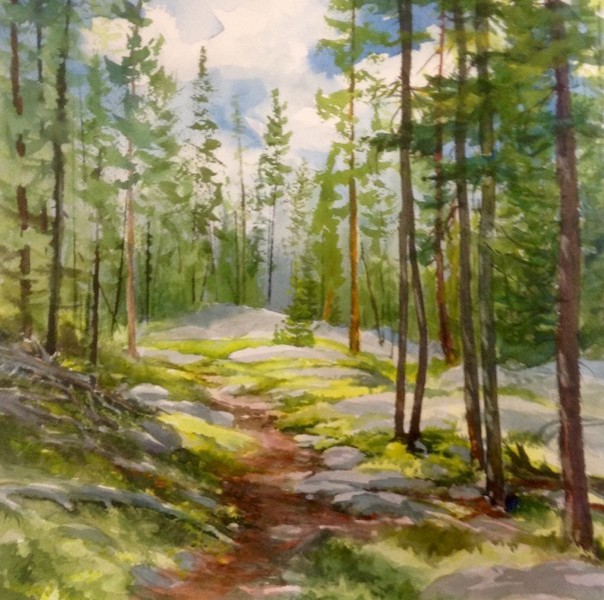![]() ~CONTENT POWERED BY FLOOD MARKETING~
~CONTENT POWERED BY FLOOD MARKETING~
The Brinton Museum has slowly come a long way since its inception in 1961. That is until this summer, when it went from a quaint local landmark to a state-of-the-art, world class museum.
Once the Bradford Brinton, now it’s dubbed the Brinton Museum. To say it got a facelift would be a gross understatement. The Brinton still has all of the majesty that we’ve loved for years. Now it also has a $15.8 million, 24,000 square foot, state-of-the-art museum which houses some of the most impressive art collections in not only the nation, but the world.
Rewind over a hundred years – William Moncreiffe buys the homestead of the Quarter Circle A Ranch along with the surrounding area, and builds the Main Ranch House. Come 1923, Mr. Moncreiffe sells the Main Ranch House along with 640 acres to none other than Bradford Brinton. With his new purchase, Mr. Brinton soon adds onto the land and house to make his estate a place of entertainment for his friends. After Mr. Brinton’s death in 1936, his sister Helen inherits the ranch. And after her death in 1960, the Brinton Ranch House finds its place on the National Register of Historic Places in 1961, with the new title “Bradford Brinton Memorial.”
Skip ahead to the summer of 2015 – the brand new Brinton Museum opens its doors to the public. The welcoming staff at the Brinton were kind enough to let Sheridan Brand sneak in early one day to get an inside look at the magnificent new addition. Here’s what we found out:
To say the least, and reiterate, this new museum is state-of-the-art (no pun intended). One of the first things you’ll notice when visiting the museum is the rammed earth wall. The serpentine wall, stretching from the bottom of the building to the roof, winds throughout the entire museum. One end of the wall points to Gallatin’s ranch, next to the Brinton. This is to honor the Gallatins, who as the museum staff mentioned, “cultivated deep relationships with American Indians throughout the first half of the 20th century.” The other end of the wall points to the Medicine wheel, another nod to the culture and history of the Native America people in the Big Horn area. Below are a few pictures of the rammed earth wall.
The red coloring of the wall comes from the Native American practices of using red as a sacred color. Not only is the wall there to add beauty to the already amazing building, it lends itself to the high-tech, climate controlled environment within the museum. The enormous wall cools the building during the summer months and conserves heat in the winter months. Because climate is they key component in the preservation of art, many museums around the world will not loan pieces of art to museums that don’t meet certain climate standards. Now, with the new museum, the Brinton can receive loans from some of the most prestigious institutions in the world. The museum’s other impressive modernizations include automatic lights that emit no UV light and no heat, a climate control system that constantly regulates the building to 70 degrees with 35% humidity, and a piping system that uses water flow to heat or cool the building based on the season. These features not only make the museum a perfect place to house art, but also a very sustainable building. By combining the temperature control piping system with the solid rammed earth wall, the museum needs only minimal external power to sustain the appropriate conditions to protect the art.
Here is a breakdown of two of the opening exhibits that the Brinton has to offer:
Boots, Brushes and The Bighorn Mountains:
S.K. Johnston, Jr. Family Gallery
An ode to the artists who inspired the museum’s original collection, this exhibit include pieces dating back to the 1860s and up through the 1930s by such artists as Thomas Moran, Hans Klieber, Bill Gollings, and more. This exhibit in particular makes use of the newfound ability of The Brinton to loan incredible works of art. Many iconic Western pieces inspired by the Bighorn Mountains lie within this exhibit.
To Honor the Plains Nations
John and Adrienne Mars American Indian Gallery
This exhibit lends itself to the history between the neighboring Gallatin ranch and the Native American people. Included in this collection are artifacts once used by Edith and Goelet Gallatin to honor nearby tribes such as war bonnets, painted war shirts, beaded robes, jewelry, horse gear and blanket strips.
Another impressive mark of The Brinton’s new museum is the Brinton Bistro on the top floor. The Bistro offers delicious food (sandwiches, wraps, soups, salads, pastries) with a breathtaking view of the Bighorn Mountains. Not to mention, next to the outdoor patio of the Bistro is a beautiful garden seen below.
At the end of the day, words cannot describe how impressive The Brinton has become. From the world class art and state-of-the-art technology to the passionate staff and incredible views, The Brinton is more than worth a visit; it’s a must see for anyone in the area. We here at Sheridan Brand can’t wait until our next visit.
The Brinton
9:30 a.m. to 5p.m. Monday through Saturday, noon to 5p.m. on Sunday
House tours daily, last tour begins 4:30p.m.
239 Brinton Rd Big Horn, WY 82833 (307) 672-3173
thebrintonmuseum.org
Brinton Bistro
11 a.m. to 2 p.m. Monday through Saturday, noon to 2 p.m. on Sunday
*Available for special events*
